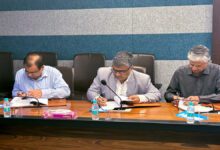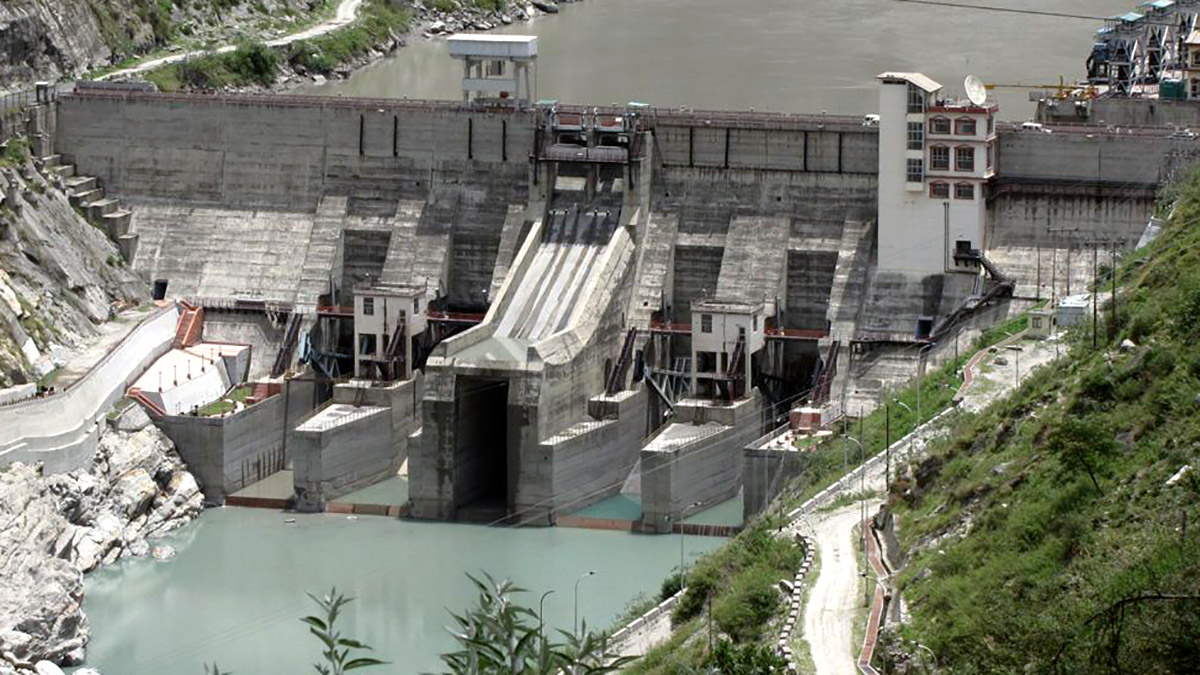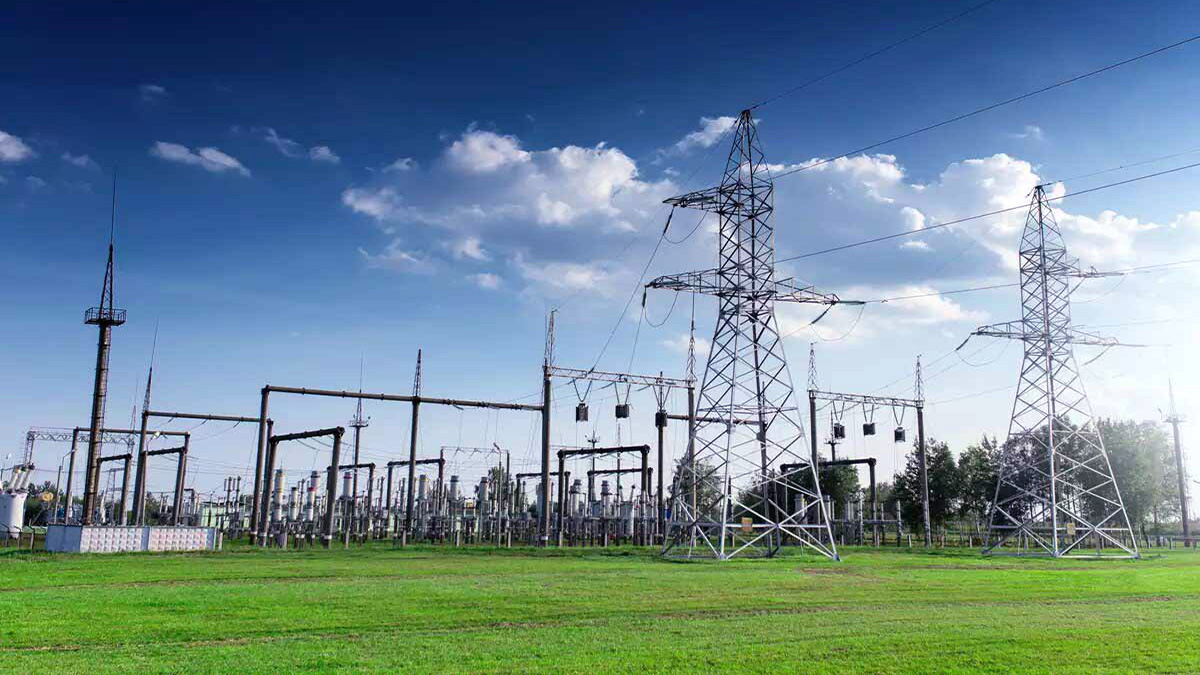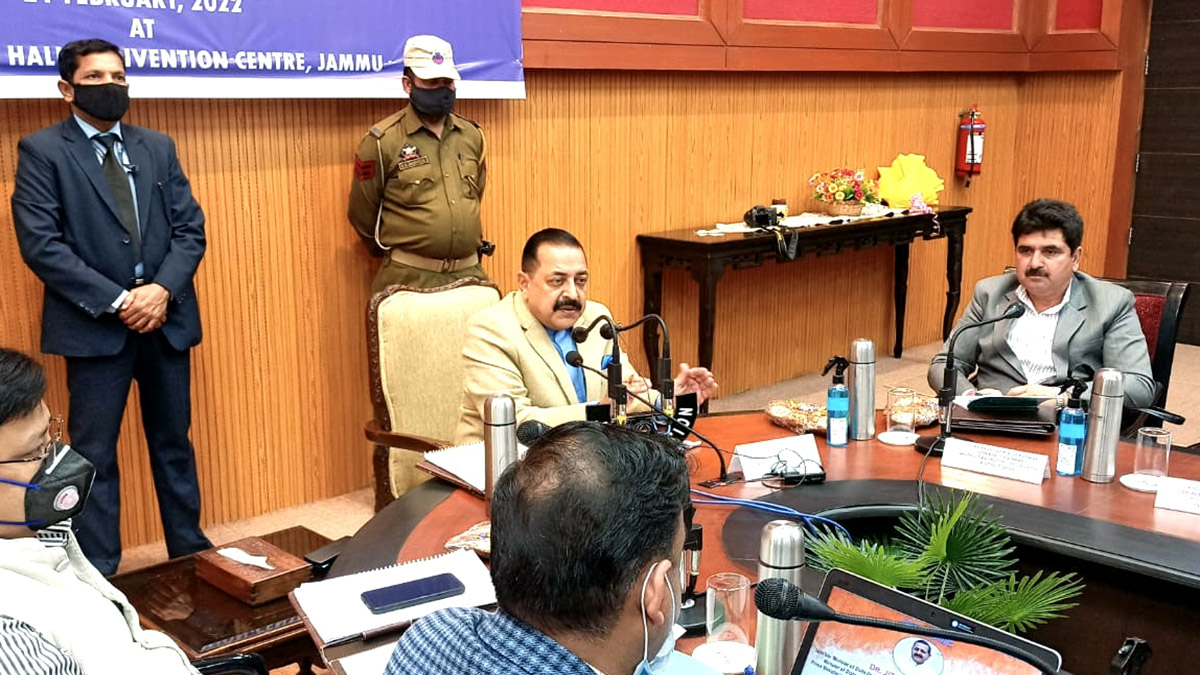In a significant development, Nepal and India have taken a step closer to realizing the long-awaited Pancheshwar Multipurpose bi-national power plant. The two nations have agreed to convene a meeting of experts to resolve outstanding issues and finalise the detailed project report (DPR) for the ambitious 6,480MW hydropower project. The decision was made during a recent gathering of the governing council of the Pancheshwar Development Authority in Pokhara, Nepal.
During the meeting, it was decided to extend the term of the expert team, which had expired in March. The next meeting of the experts is scheduled to take place within the next 10 days, with the aim of ironing out differences over the DPR and making significant progress towards its conclusion. The spokesperson for Nepal’s Ministry of Energy, Water Resources, and Irrigation, Madhu Bhetuwal, expressed optimism about the ongoing discussions, stating that the number of unresolved issues has significantly decreased from over 500 to 127.
The Pancheshwar Multipurpose Project (PMP) is a collaborative effort between Nepal and India, designed to harness the potential of the Mahakali River, which forms the border between the two nations. As per the integrated Mahakali Treaty signed in 1996, the project envisions the construction of underground powerhouses with equal capacities of 3,240 MW on each side of the river.
Aside from its primary objective of generating electricity, the Pancheshwar Project holds immense promise for both countries. It aims to provide irrigation facilities to approximately 1,30,000 hectares of land in Nepal and 2,40,000 hectares in India, along with additional benefits such as flood protection. The successful realization of this multipurpose project would not only boost the economic growth of both nations, but also strengthen bilateral ties.
Efforts to finalise the DPR were expedited following the recent visit of Nepalese Prime Minister Pushpa Kamal Dahal Prachanda to India. During his discussions with Indian Prime Minister, the two leaders agreed to conclude the DPR within three months. This upcoming meeting of experts, which will mark the first step towards achieving this goal, signifies the commitment of both nations to expedite the process.
The Pancheshwar Multipurpose Project has the potential to transform the region by meeting the increasing energy demands of Nepal and India, fostering agricultural development through irrigation, and mitigating the risk of flooding. With the resolution of contentious issues and the renewed impetus from both sides, the path towards finalizing the detailed project report looks promising.
As Nepal and India collaborate closely on the Pancheshwar Multipurpose Project, it is evident that their shared vision for harnessing the power of nature will pave the way for a brighter and more sustainable future for both nations.








